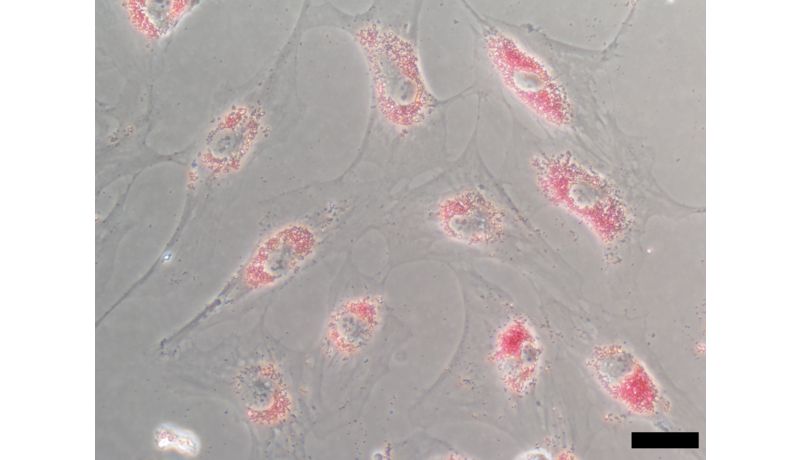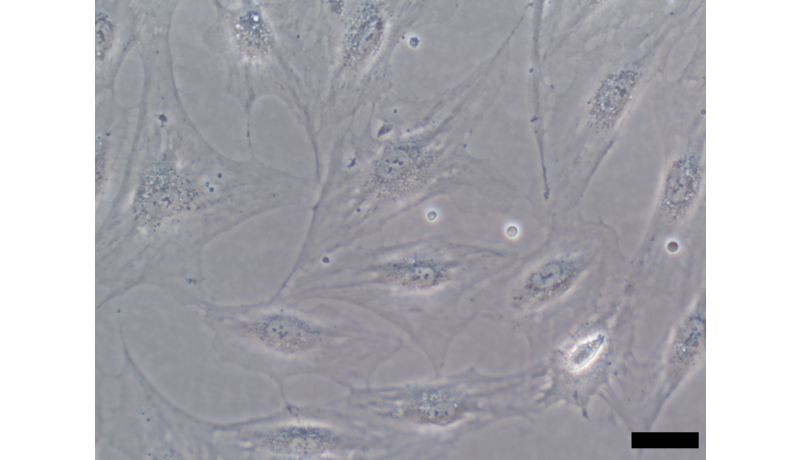Many everyday products, such as cars, coffee capsules, cans, deodorants and vaccines, contain aluminum.

Many people may be surprised to learn that the human body's main source of aluminum comes from our food. Researcher Clara Ganhör (Johannes Kepler University Linz) has now discovered astonishing facts regarding food coloring carmine and its water-soluble form, carminic acid.
A number of food colors and additives, including cosmetics, contain aluminum because it alters a substances' solubility. Adding aluminum renders a water-soluble color insoluble. Consumers will not be persuaded to buy a beautiful red shade of lipstick that, for example, disappears after one sip of wine. When it comes to food, color solubility also plays a key role. Two inherently safe substances, namely food coloring and aluminum, are added together, becoming a compound referred to as a "coordination complex". As a result, the substances’ chemical properties change, and so do their physical properties, such as solubility.
Recently Discovered Distinctions
To date, researchers assumed that combining two safe substances, such as paint and aluminum, produce a safe substance. As part of her dissertation, Clara Ganhör (JKU Faculty of Medicine, Department of Pathophysiology at the Institute of Physiology and Pathophysiology, and a part of department head Prof. Dr. David Bernhard’s research team) demonstrated that carmine, a red food coloring containing aluminum, exhibits entirely different properties than the water-soluble form of carminic acid.
Human cells, such as colon cancer cells or endothelial cells (HUVEC with carmine, see figure attached), absorb carmine (Caco-2), but not carminic acid (figure HUVEC with carminic acid).
Carmine increases the proliferation rate, meaning the cell division rate, whereas carminic acid does not. A higher proliferation rate is often indicative of cancer progression. In addition, carmine alters gene expression by reducing oxidative phosphorylation, meaning the cell’s energy production, whereas carminic acid does not.
Decreased energy production is often linked to several neurodegenerative diseases, including Alzheimer's and Parkinson's, and in some studies, aluminum has also been linked to these disorders.
Clara Ganhör remarked: "Discovering these differences between carmine and carminic acid has been surprising, especially the findings regarding exposure to human cells. While both of these have been approved as food coloring E 120, we have just now discovered the differences."
It turns out that combining carmine and aluminum as a food color is not as harmless as once thought and we need to urgently stop believing carmine and carminic acid are the same.
Does this mean that in terms of substance safety, aluminum is a game-changer? EU legislation does not currently take this into consideration as both carmine and carminic acid have been approved as food coloring E 120, meaning consumers have no way of knowing if their supermarket purchases contain hidden amounts of aluminum.
The findings were recently published in the Journal of Food Chemistry, opens an external URL in a new window.
 Go to JKU Homepage
Go to JKU Homepage














